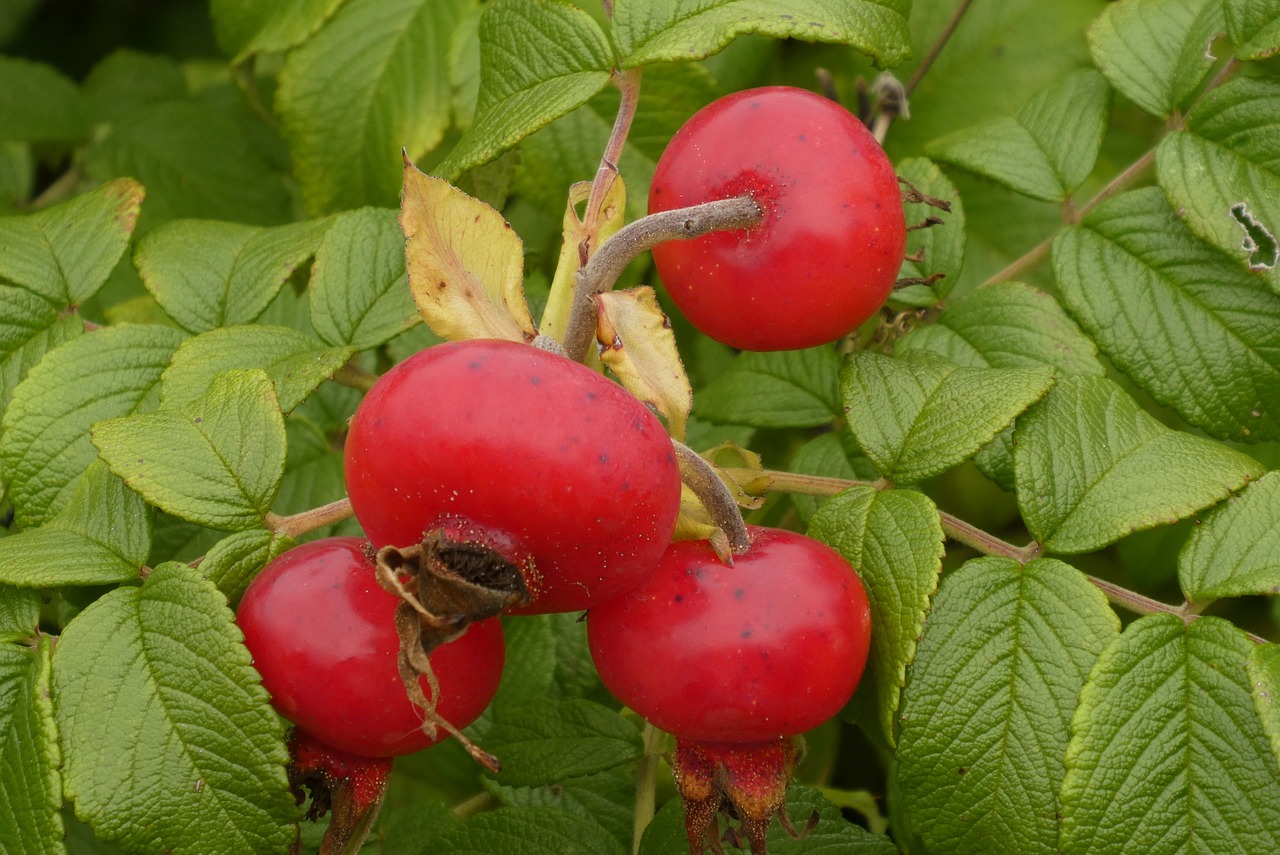These facts on vitamin C for oral and topical anti-inflammatory and analgesic use can help you keep moving and stay fit, healthy and vibrant your whole life!
Vitamin C (scientific name ascorbic acid) has long been identified by science as an immune system booster. It’s in your morning orange juice and other fruits, and you enjoy the benefits in leafy green veggies too.
It makes perfect sense to take vitamin C orally. We eat foods that contain ascorbic acid, we take vitamin C supplements to fend off colds and flu. While there is some controversy, it’s been shown that ascorbic acid can be taken in mega doses (up to 8 grams of vitamin C or more many times in a 24 hour period) to good effect.(1)
The whole body benefits from general application of this powerful vitamin. But have you considered that taking vitamin C topically can also benefit your joints and muscles?
The skin is a major organ. Inch for inch and ounce for ounce, it’s the largest organ of the body. It functions as a protective organ, and is a highly efficient organ of elimination as well. The pores of your skin are like gateways, letting out toxins, letting in nutrients like oxygen and sunlight.
If you suffer from joint pain, arthritis, pain from joint damage, muscle ache from illness or fatigue, or even muscle strain, topical ascorbic acid should be an ingredient in the treatment you choose. Vitamin C is shown to significantly reduce inflammation in a variety of ailments, from leg ulcers (frequently associated with diabetes, injuries, or infections) (2), to various dermatological diseases, to arthritis.
In a study done on venous leg ulcer patients, treatment of those with a maltodextrin (a food additive starch) and ascorbic acid combination reported less pain than controls and they improved significantly—lesion size reduced by two and three times in weeks 8 and 12, respectively, when compared with the standard care. (2)
Facts on Vitamin C Dosage
Cultures with rich ancient histories, such as Anatolia (in Turkey, with some of the oldest cultural heritage on the globe) have long used plants rich in ascorbic acid for treatment of arthritis. (3,4) Modern science has been able to refine these ancient alternative treatments and ascorbic acid has also been shown to reduce inflammation topically in erythema of rosacea, an inflammatory dermatosis of the face. (5)
Science looks more and more to nature for clues about healing. And ascorbic acid is frequently part of the story. Vitamin C dosage varies, but the body will accept what it needs and eliminate the rest. It’s been shown to be very safe for reducing pain and inflammation in a wide variety of ailments.
Ascorbic acid is also valuable for its action against histamine, a major cause of inflammation in the body. (6)
Nature’s Healing Power
Science stacks up more and more facts about vitamin C each year, and about the anti-inflammatory power of ascorbic acid. And with so many applications for this powerful wonder-substance, it’s a great healing vitamin to keep with you for its analgesic properties.
In addition to fighting colds and flu, vitamin C researcher and physician Robert F. Cathcart treated over 9,000 patients suffering from a variety of ailments with tremendous success. (7) It is truly astonishing, the varied applications for vitamin C.
Remember to check the source of your vitamin C, as well. The highest quality comes from rosehip (Rosa canina) and has been shown in three studies with 287 patients to reduce arthritis as compared to test subjects who took a placbo. (8) Quality is critically important in managing your pain. Only get the best.
So next time you’ve hiked just a little too far, worked just a little too long, or your arthritis has your joints seized up, remember these facts on vitamin C, the wonder-vitamin.
As always, be sure to consult your health care provider to learn what’s best for you.
Sources:
- The Vitamin C Foundation, 2/19/2007
- Journal of Ethnopharmacology, January 2009
- The Internet Journal of Alternative Medicine 2006, Vol.3, No. 2
- The International Journal of Tissue Repair and Regeneration, 6/28/2008
- RB Carlin MD and CS Carlin, February 2001
- Ascorbic Acid: Biochemistry and Biomedical Cell Biology, James R. Harris, 1996
- Robert F. Cathcart MD, 1994, www.orthomed.com
- Osteoarthritis and Cartilage, Vol. 16, Issue 9, September 2008
The Author:
Dr. Blankstein has been practicing for over 30 years as a leading Cardiologist. Trained in traditional medicine and Board Certified in both Internal Medicine and Cardiovascular Disease, he knows the importance of good medical care. This consideration has allowed him to discover safe and natural ways of healing. His dedication to bringing the latest and best in health solutions to his patients and the public has given him the experience to research and develop proven natural remedies for many illnesses.
© 2009 Chesapeake Nutraceuticals
